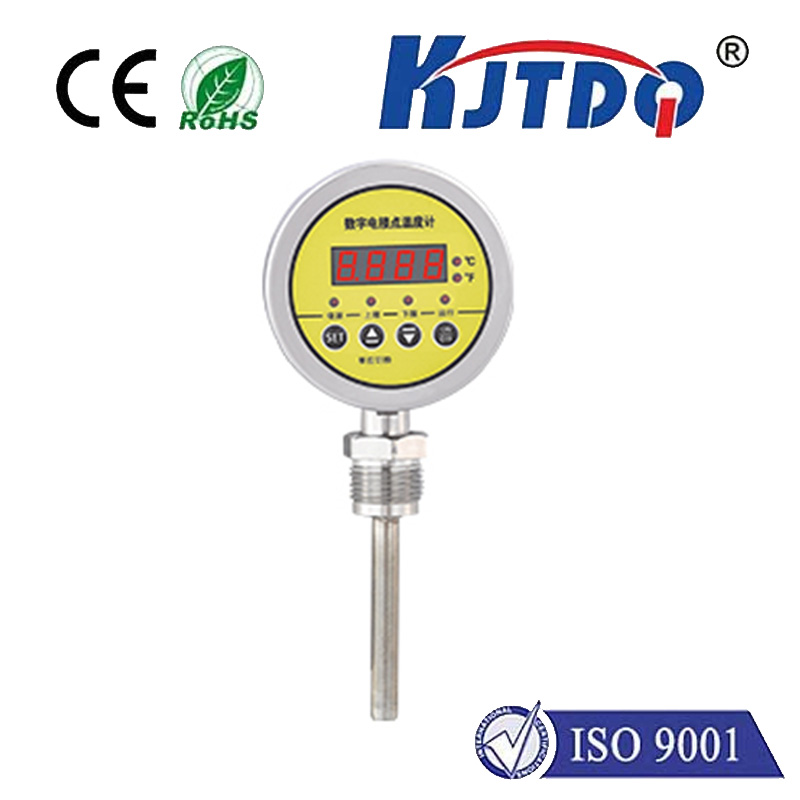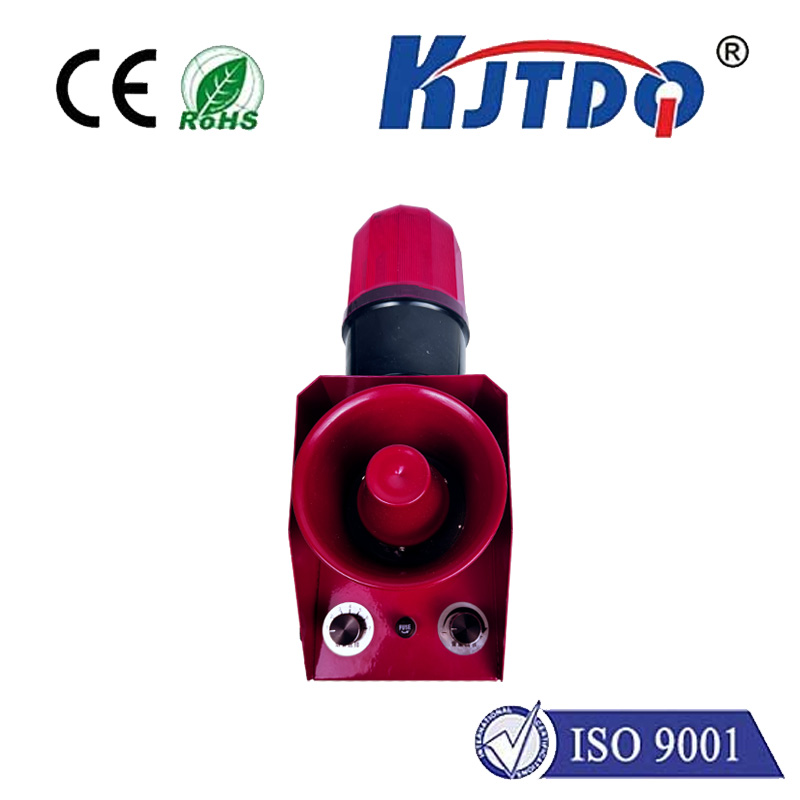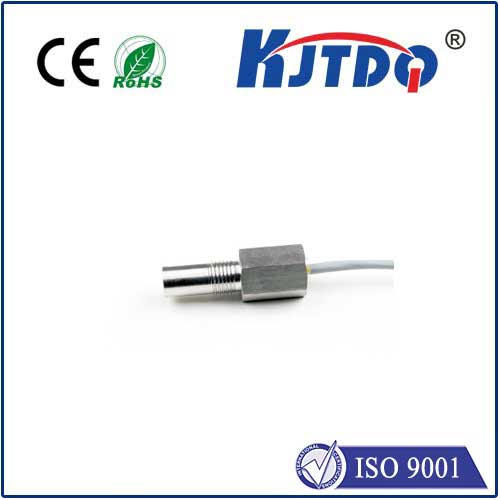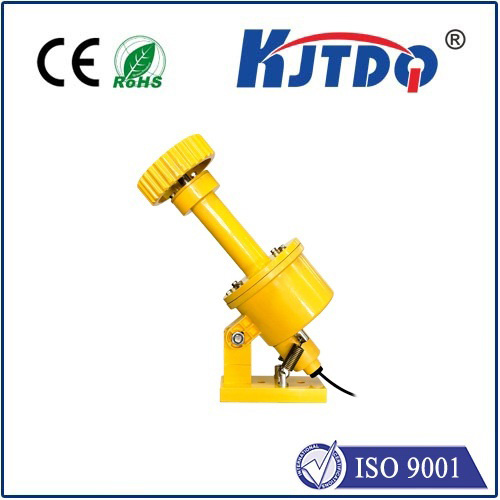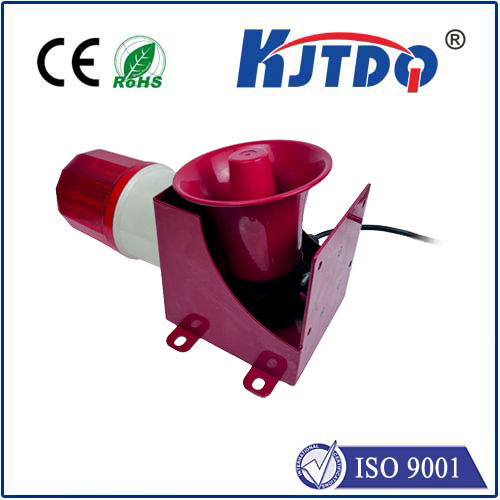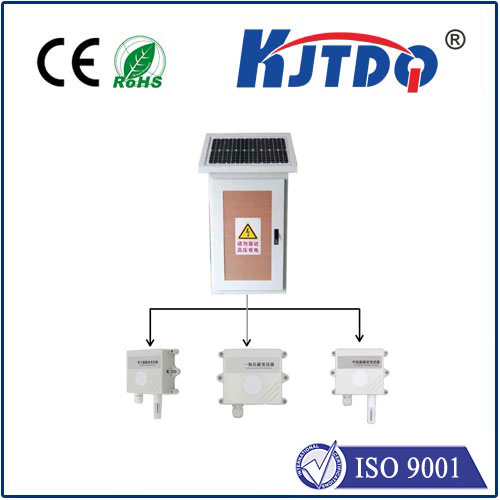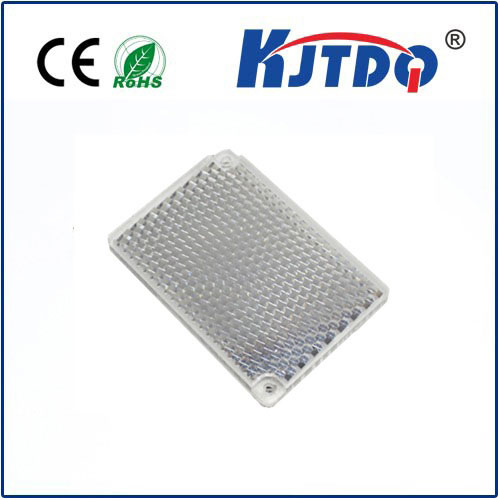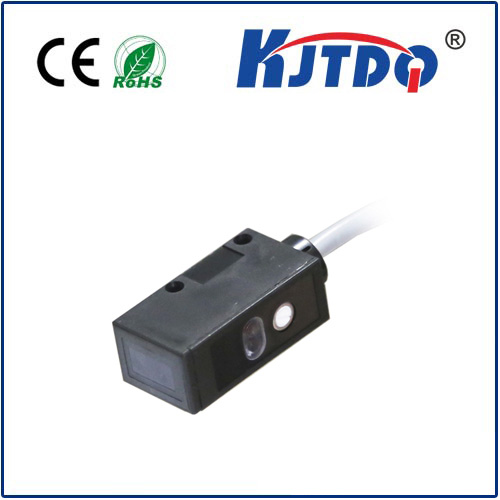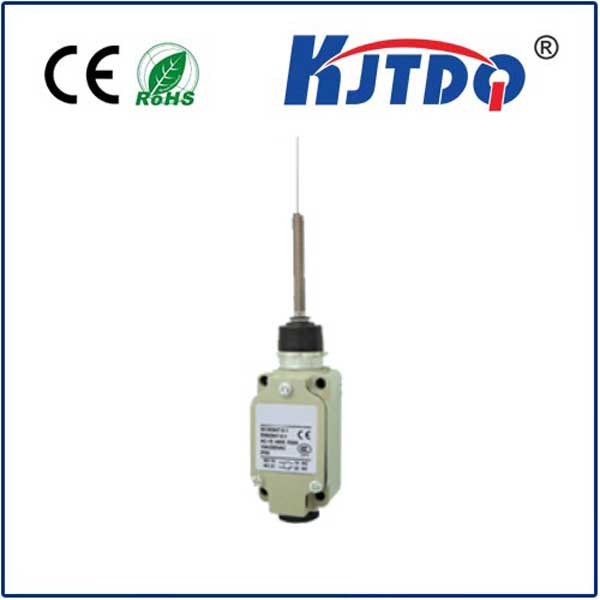
check

check

check

check
Title: Enhancing Precision in Engineering Measurements with Laser Triangulation
Introduction
The precision and accuracy of engineering measurements are critical for the success of various projects. Traditional methods, such as manual measurements and surveys, can be time-consuming and prone to errors. In recent years, laser triangulation measurement has emerged as a powerful tool to enhance the precision and efficiency of these processes. By combining the power of laser technology with sophisticated algorithms, engineers can achieve higher levels of accuracy and consistency in their measurements.
What is Laser Triangulation Measurement?

Laser triangulation measurement is a technique that utilizes lasers to create three-dimensional models of objects or surfaces. The process involves capturing multiple laser scans of the target area from different angles and positions. The data collected from these scans is then processed using advanced algorithms to generate a detailed 3D map of the target. This allows engineers to measure distances, angles, and shapes with unprecedented precision and accuracy.
Applications of Laser Triangulation Measurement
Laser triangulation measurement finds numerous applications in various fields of engineering, including architecture, construction, civil engineering, and manufacturing. Some of the key benefits of this technology include:
1. Improved Accuracy: By capturing multiple laser scans from different perspectives, laser triangulation measurement enables engineers to obtain more accurate data than traditional methods. This leads to better-informed decisions and improved project outcomes.
2. Increased Speed: Laser triangulation measurement can be performed quickly and efficiently, minimizing downtime and saving time and resources for project managers.
3. Enhanced Safety: This technology reduces the need for physically demanding tasks like measuring large areas or hard-to-reach spots, which can be hazardous for human workers.
4. Greater Flexibility: Laser triangulation measurement can be used on a variety of surfaces, including concrete, steel, wood, and plastic. It also works well in challenging environments with poor lighting conditions or complex geometry.
Conclusion
Laser triangulation measurement is a game-changer in the world of engineering measurement. By leveraging the power of lasers and advanced algorithms, engineers can achieve unprecedented levels of precision and accuracy in their measurements. As this technology continues to evolve, we can expect it to play an increasingly important role in shaping the future of engineering and beyond
